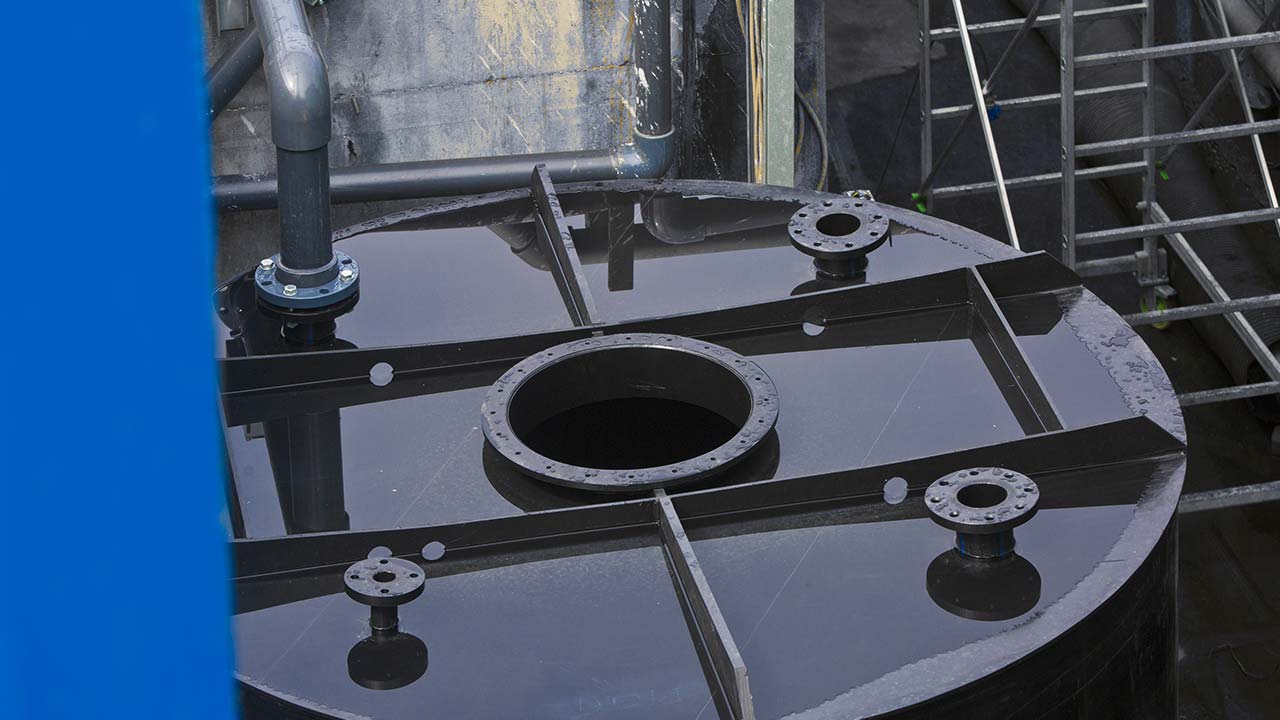
Water Disinfection systems become necessary in those cases where thewater in the tank, destined for the production cycle, carries a bacterial load such that it is unsuitable for the activities envisaged in the workings.
This type of treatment is necessary in sectors where a high level of quality is required, such as in pharmaceuticals, cosmetics, microelectronics and in all those production realities where a process water recovery.
Various water disinfection systems are used for this purpose.
- The treatment with Uv Rays
- The use of Ozone
- Sodium hypochlorite dosage / Oxidant dosage

Types of Water Disinfection Equipment
Disinfection of water with Uv-ray treatment
UV lamp technology avoids the use of chemicals, with safe and effective performance.
It affects germs, impacting their ability to reproduce, and parasites, including those resistant to chemical disinfectants.
This process is independent of the pH of the water and does not result in any change in smell and taste characteristics.
The plant has a small space and, unlike the others, does not require any destination for chemical storage.
Thereliability andefficiency are optimal, and the estimated investment and consumption associated with its use are low.
Water disinfection using ozone
Ozone chemically intervenes on the fluid to be treated, in terms of oxidation and disinfection, impacting substances that may be harmful to the body and the environment.
With this reason it is often used in the disinfection of drinking water tanks, dosed in different levels of the system.
It actsdirectly on the bacteria cell, realizing its dissolution, as a result of penetration and oxidation of all its constituent parts.
Itremoves organic and inorganic matter, which are the origin of odors and tastes, and micropollutants such as pesticides or fertilizers, present in groundwater.
It also eliminates substances created as a result of the eventual use of chlorine, which results in disinfection byproducts in contact with organic matter.
Although it is more effective, it breaks down quickly in water, so in the final stages it is expected to be used.
Its action, as with other halogens, is by diffusion and affects the enzymes that make up the cell.
Water disinfection with sodium hypochlorite dosage/oxidant dosage
Dosing sodium hypochlorite turns out to be one of the most popular methods of sterilizing and keeping a water stream sterile.
Theoxidizing agent that is responsible for damaging the bacteria cell membranes is dosed into the water stream through a tubular reservoir/reactor that ensures contact time, and in this way, sterilization of the fluid is achieved.
To remove the oxidant, filters loaded with activated carbon are used.
Generally, in order to keep the liquid sterile even after treatment, a small percentage (0.2 mg/l cl) of sterilizer is dosed.
